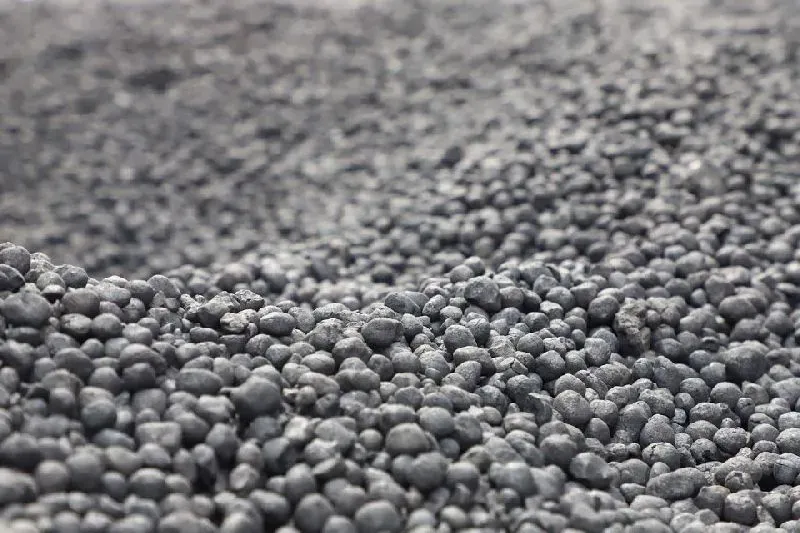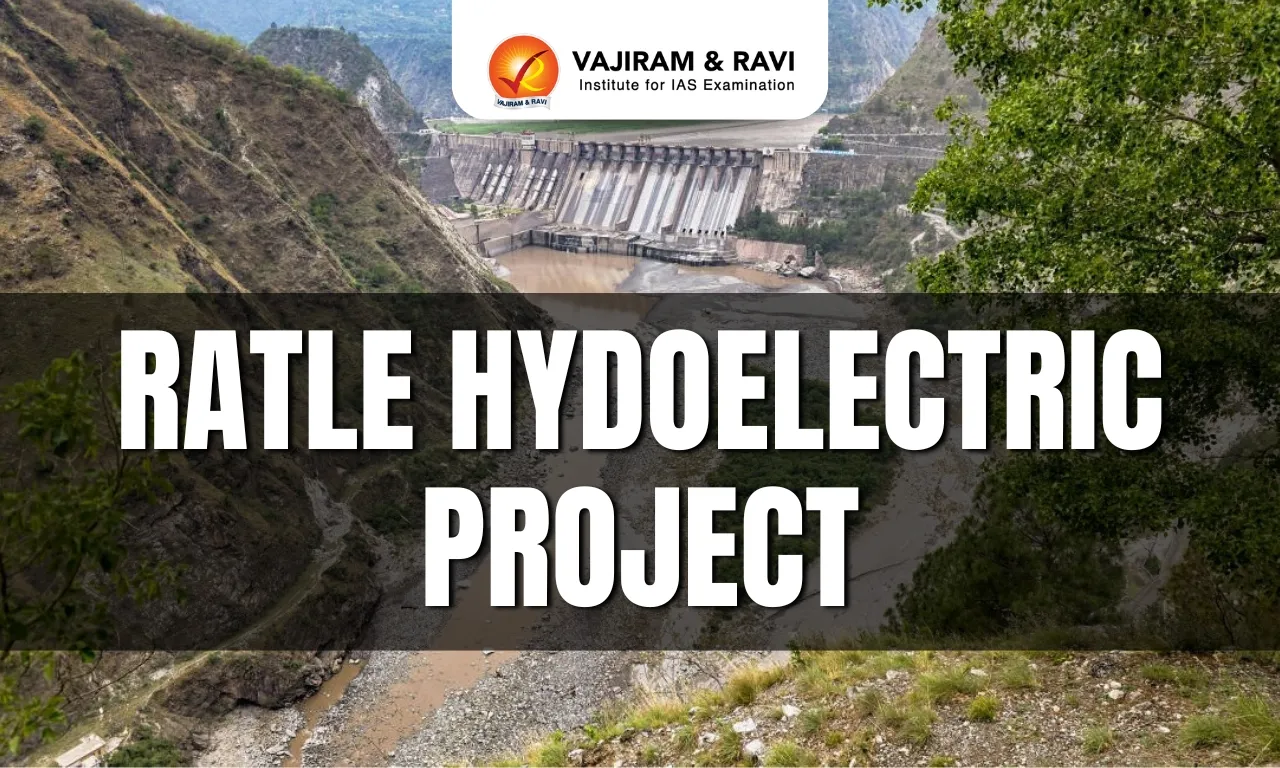About Sponge Iron
- Direct-reduced iron (DRI), also called sponge iron, is produced from the direct reduction of iron ore (in the form of lumps, pellets, or fines) by a reducing gas produced from natural gas or coal.
- The reducing gas is a mixture, the majority of which is hydrogen (H2) and carbon monoxide (CO), which act as reducing agents.
- This process of reducing the iron ore in solid form by reducing gases is called direct reduction.
- Why is it called Sponge Iron?
- The process of sponge iron manufacturing involves the removal of oxygen from iron ore.
- When that happens, the departing oxygen causes micropores in the ore body, turning it porous.
- When the eventual product is observed under a microscope, it resembles a honeycomb structure, which looks spongy in texture. Hence the name sponge iron.
- Significance:
- Its significance in the steel industry ranges from an alternative to scrap to boosting furnace efficiency.
- It is used as a substitute for scrap in induction and electrical furnaces.
- The reason for this is that melting scrap is expensive and also in short supply, so sponge iron is the perfect alternative when it comes to using it in the production of high-quality steel.
- It is an iron source that is relatively uniform in composition, and virtually free from tramp elements.
- India is the world’s largest producer of sponge iron, most of which is produced primarily through the coal-based method of production. India produces 20% of the world’s sponge iron with over 200 plants
Q1) What is Steel?
It is an alloy of iron and carbon in which the carbon content ranges up to 2 percent (with a higher carbon content, the material is defined as cast iron). By far the most widely used material for building the world’s infrastructure and industries, it is used to fabricate everything from sewing needles to oil tankers.The main reasons for the popularity of steel are the relatively low cost of making, forming, and processing it, the abundance of its two raw materials (iron ore and scrap), and its unparalleled range of mechanical properties.
Source: ‘Ore shortage’ hitting steel production, says sponge iron industry, seeks ban on exports
Last updated on December, 2025
→ Check out the latest UPSC Syllabus 2026 here.
→ Join Vajiram & Ravi’s Interview Guidance Programme for expert help to crack your final UPSC stage.
→ UPSC Mains Result 2025 is now out.
→ UPSC Notification 2026 is scheduled to be released on January 14, 2026.
→ UPSC Calendar 2026 is released on 15th May, 2025.
→ The UPSC Vacancy 2025 were released 1129, out of which 979 were for UPSC CSE and remaining 150 are for UPSC IFoS.
→ UPSC Prelims 2026 will be conducted on 24th May, 2026 & UPSC Mains 2026 will be conducted on 21st August 2026.
→ The UPSC Selection Process is of 3 stages-Prelims, Mains and Interview.
→ UPSC Result 2024 is released with latest UPSC Marksheet 2024. Check Now!
→ UPSC Prelims Result 2025 is out now for the CSE held on 25 May 2025.
→ UPSC Toppers List 2024 is released now. Shakti Dubey is UPSC AIR 1 2024 Topper.
→ UPSC Prelims Question Paper 2025 and Unofficial Prelims Answer Key 2025 are available now.
→ UPSC Mains Question Paper 2025 is out for Essay, GS 1, 2, 3 & GS 4.
→ UPSC Mains Indian Language Question Paper 2025 is now out.
→ UPSC Mains Optional Question Paper 2025 is now out.
→ Also check Best IAS Coaching in Delhi

















